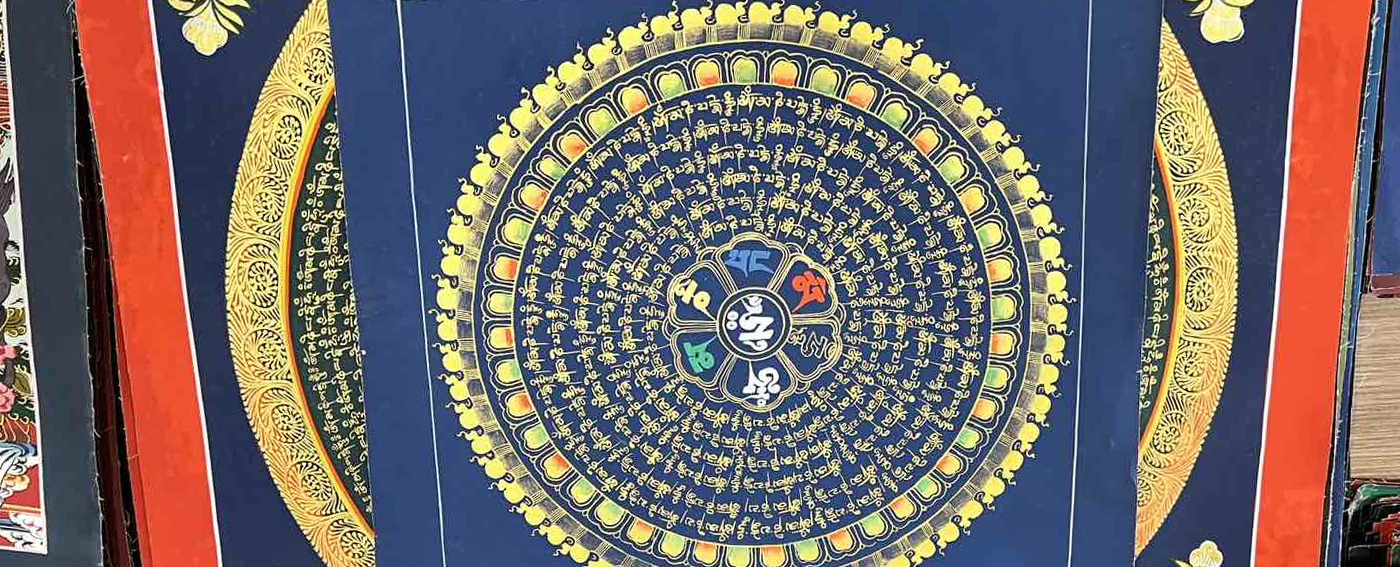Tibetan Thangka painting is a traditional form of Buddhist art that originated in Tibet and is also found in other Himalayan regions such as Nepal, Bhutan, and India. Thangka paintings are typically created on cotton or silk canvas and are known for their intricate details and vibrant colors.
The paintings often depict religious figures and scenes from Buddhist mythology, such as Buddhas, bodhisattvas, and mandalas. The figures are often surrounded by symbolic imagery and patterns, which can represent the various aspects of the Buddhist teachings.
Thangka paintings are typically created using a specific set of techniques and materials. The canvas is first prepared with layers of glue and gypsum powder to create a smooth surface, and then a sketch is drawn onto the surface. The painting is then created using natural pigments, which are mixed with water and applied to the canvas using a small brush.
In addition to their religious significance, Thangka paintings are also considered works of art and are highly valued by collectors and museums around the world. They are often displayed in temples and monasteries as well as in private homes and galleries.

